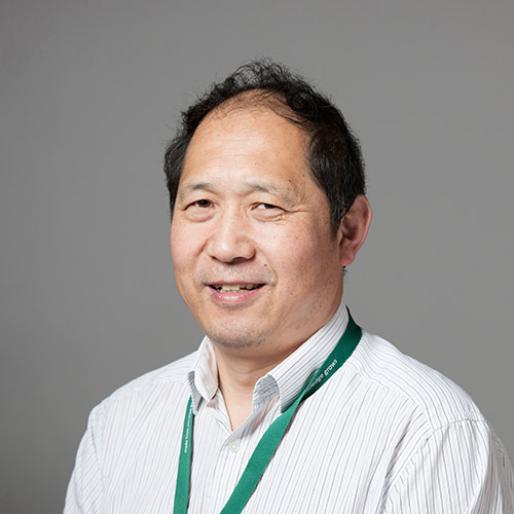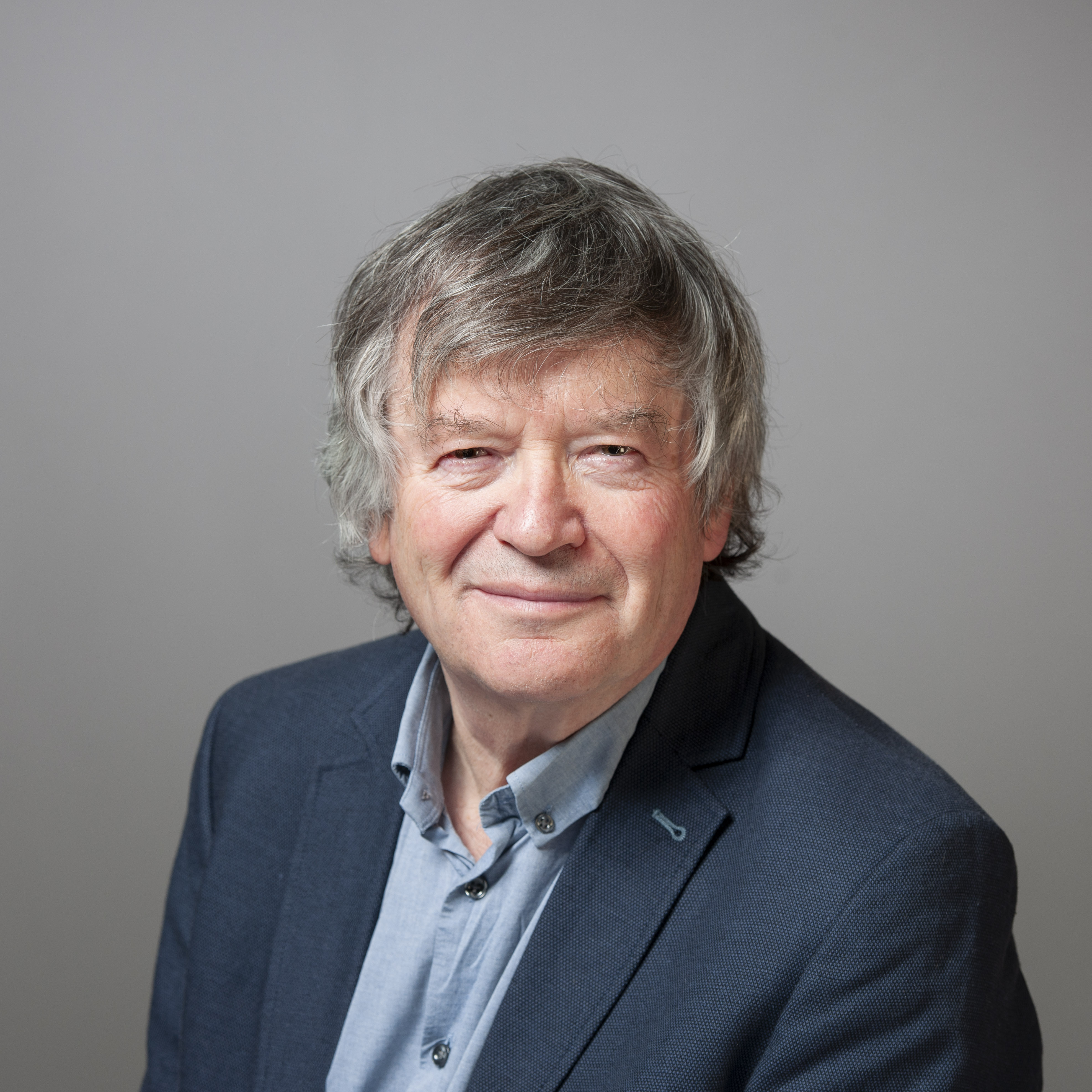The big picture: using wildflower strips for pest control
Scientists at Rothamsted have developed a novel mathematical model for seed germination. The new tool is derived from field data and marks a significant improvement in accuracy over previous models.
Germination models use water and temperature as the main drivers of seed activity. Currently these are based largely on water potential, which is the energy that drives water to move from one system to another. This is challenging to record accurately in the field. The new model uses water content which is much easier to measure.
These models are essential to the seed industry as it is important to develop lines where each individual seed germinates at roughly the same time and grows uniformly. This is particularly important for crops like carrots or onions where having similar sized plants makes them more profitable.
Seed suppliers must therefore test seed samples to ensure a certain germination rate is met, a process that is difficult and time consuming. So modelling is used to assess each batch based on a given sample.
However, current models do not always accurately reflect field conditions.
That is where the new model comes in. Water content is much easier to measure accurately in situ than the drivers of water potential. That makes the new model far more likely to accurately predict germination times in field situations.
“This is the first time a germination model has been able to be developed using field data,” said Dr Xiaoxian Zhang, corresponding author of the new study. “Seed germination is a crucial stage in plant development, intricately regulated by various environmental stimuli. Understanding these interactions is essential for optimizing planting and seedling management but remains challenging due to the trade-off effects of environmental factors on the germinating process.”
The research team created a new model by viewing seed germination as a dynamic process. To validate the model, they conducted field experiments by drilling wheat seeds at different dates to establish a temperature gradient and in different plots to create a soil water content gradient.
Comparisons between the experimental data over a period of seven years and calculated results show that the model accurately reproduces all germination patterns and the subsequent seedling tillering with a 95% fit.
“In germination there a trade-off effect of soil water on bioavailable water and oxygen. Introducing a physiological dimension enables seed germination and the subsequent tillering process to be modelled as a continuous physiological process, providing deeper insight into plant growth dynamics,” said Zhang.
“We believe this new approach offers a genuinely new approach to germination modelling and for the first time takes on tiller number. We also hope that it will be more stable than the hydrothermal time models and hence more useful for field application,” he added.

Soil Scientist

Delivering Sustainable Wheat (ISP) Leader
Rothamsted Research is the longest-running agricultural research institute in the world. We work from gene to field with a proud history of ground-breaking
discoveries in areas as diverse as crop management, statistical interpretation and soil health. Our founders, in 1843, were the pioneers of modern
agriculture, and we are known for our imaginative science and our collaborative approach to developing innovative farm practice.
Through independent research, we make significant contributions to improving agri-food systems in the UK and internationally, with
economic impact estimated to exceed £3 bn in annual contribution to the UK economy. Our strength lies in our systems approach, which combines strategic research,
interdisciplinary teams and multiple partnerships.
Rothamsted is home to three unique National Bioscience Research Infrastructures which are open to researchers from all over the world:
The Long-Term Experiments,
Rothamsted Insect Survey and the
North Wyke Farm Platform.
We are strategically funded by the Biotechnology and Biological Sciences Research Council (BBSRC), with additional support from other national and
international funding streams, and from industry. We are also supported by the Lawes Agricultural Trust (LAT).
The Biotechnology and Biological Sciences Research Council is part of UK Research and Innovation, a non-departmental public body funded by a grant-in-aid
from the UK government.
BBSRC invests to push back the frontiers of biology and deliver a healthy, prosperous and sustainable future. Through our investments, we build and support a vibrant,
dynamic and inclusive community which delivers ground-breaking discoveries and develops bio-based solutions that contribute to tackling global challenges,
such as sustainable food production, climate change, and healthy ageing.
As part of UK Research and Innovation (UKRI), we not only play a pivotal role in fostering connections that enable the UK’s world-class research and innovation system
to flourish – we also have a responsibility to enable the creation of a research culture that is diverse, resilient, and engaged.
BBSRC proudly forges interdisciplinary collaborations where excellent bioscience has a fundamental role. We pioneer approaches that enhance the equality, diversity,
and inclusion of talent by investing in people, infrastructure, technologies, and partnerships on a global scale.
The Lawes Agricultural Trust, established in 1889 by Sir John Bennet Lawes, supports Rothamsted Research’s national and international agricultural science through the provision of land, facilities and funding. LAT, a charitable trust, owns the estates at Harpenden and Broom's Barn, including many of the buildings used by Rothamsted Research. LAT provides an annual research grant to the Director, accommodation for nearly 200 people, and support for fellowships for young scientists from developing countries. LAT also makes capital grants to help modernise facilities at Rothamsted, or invests in new buildings.